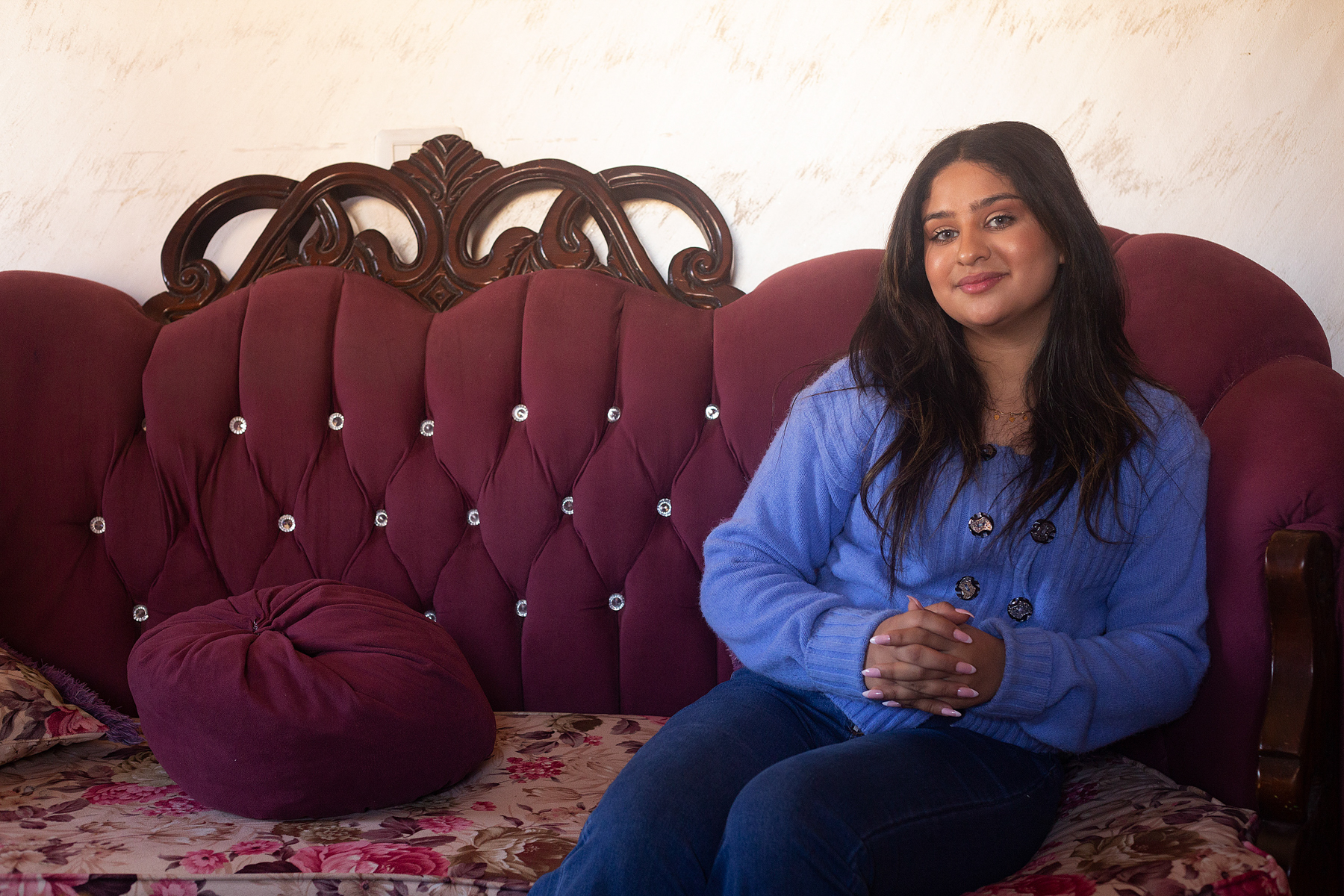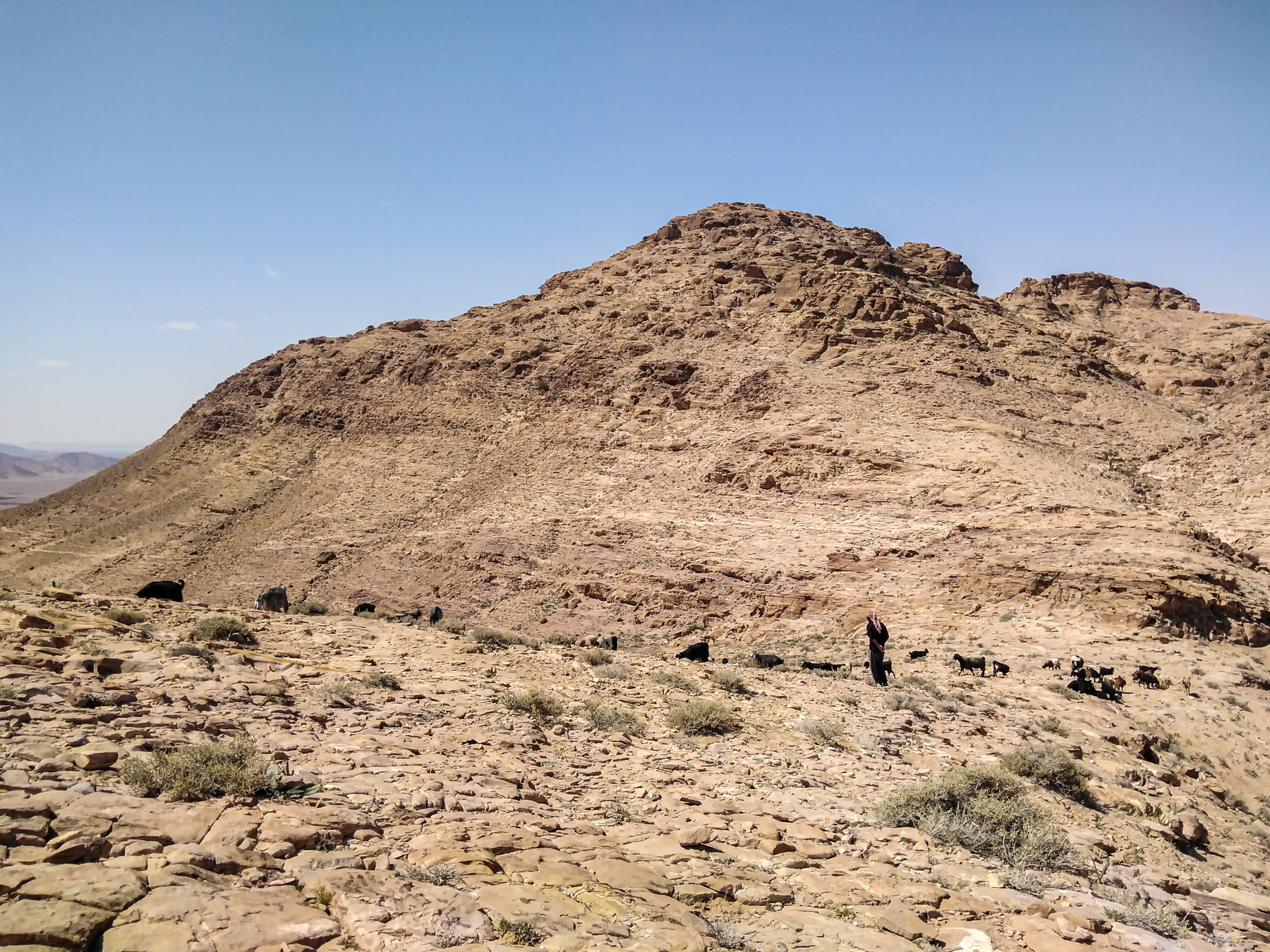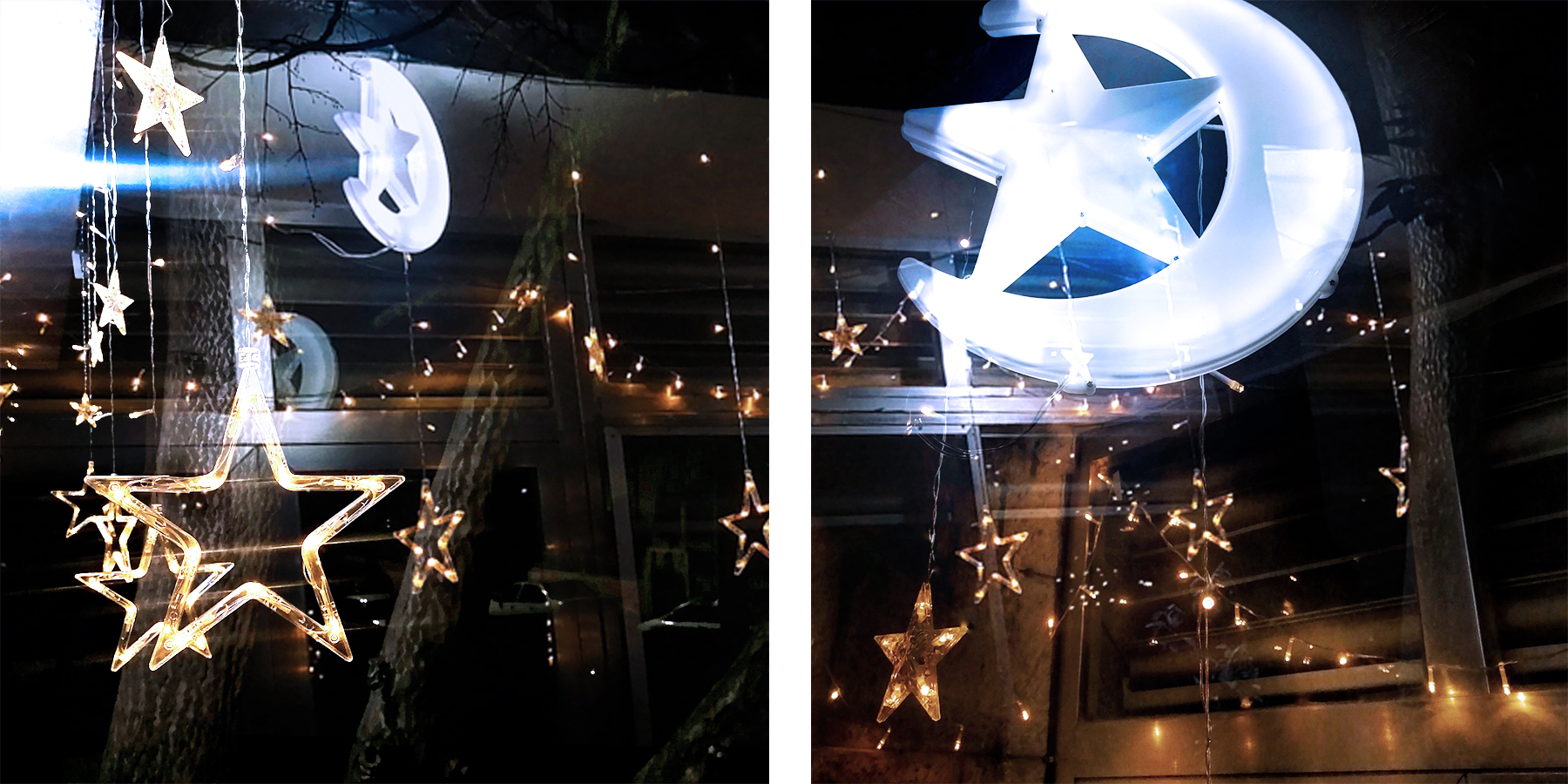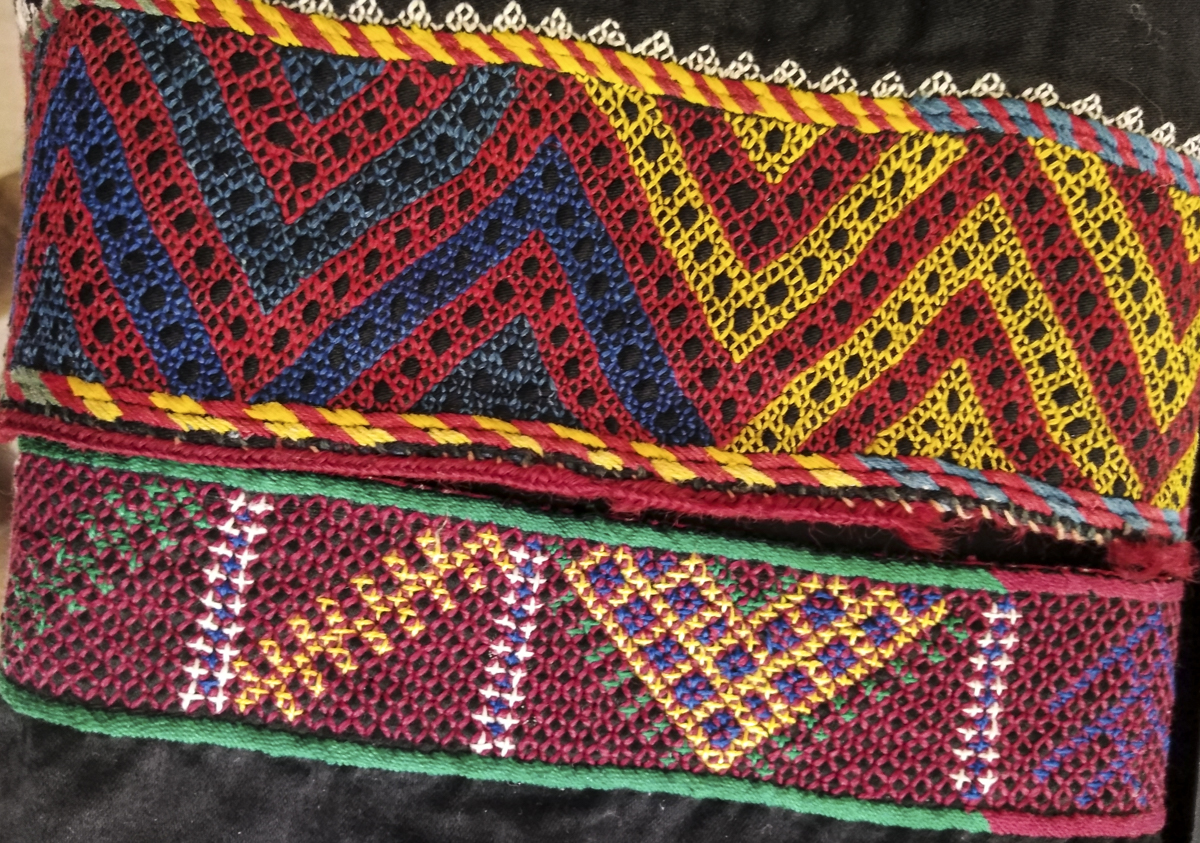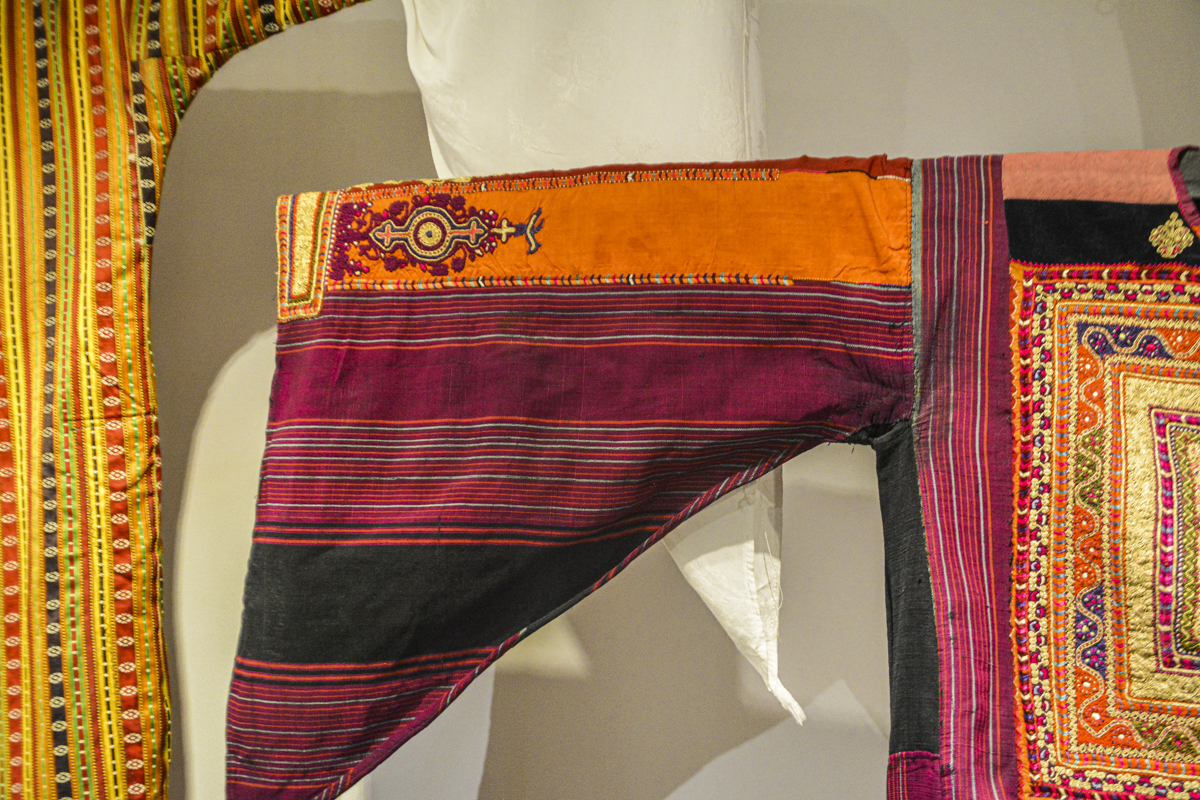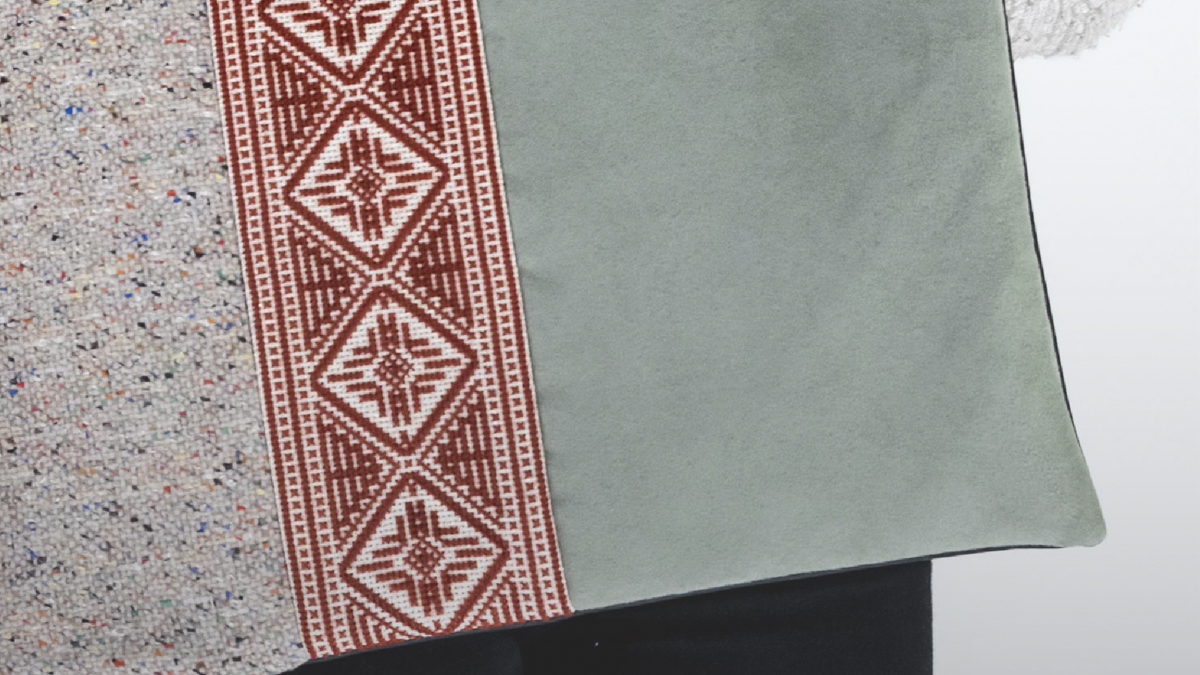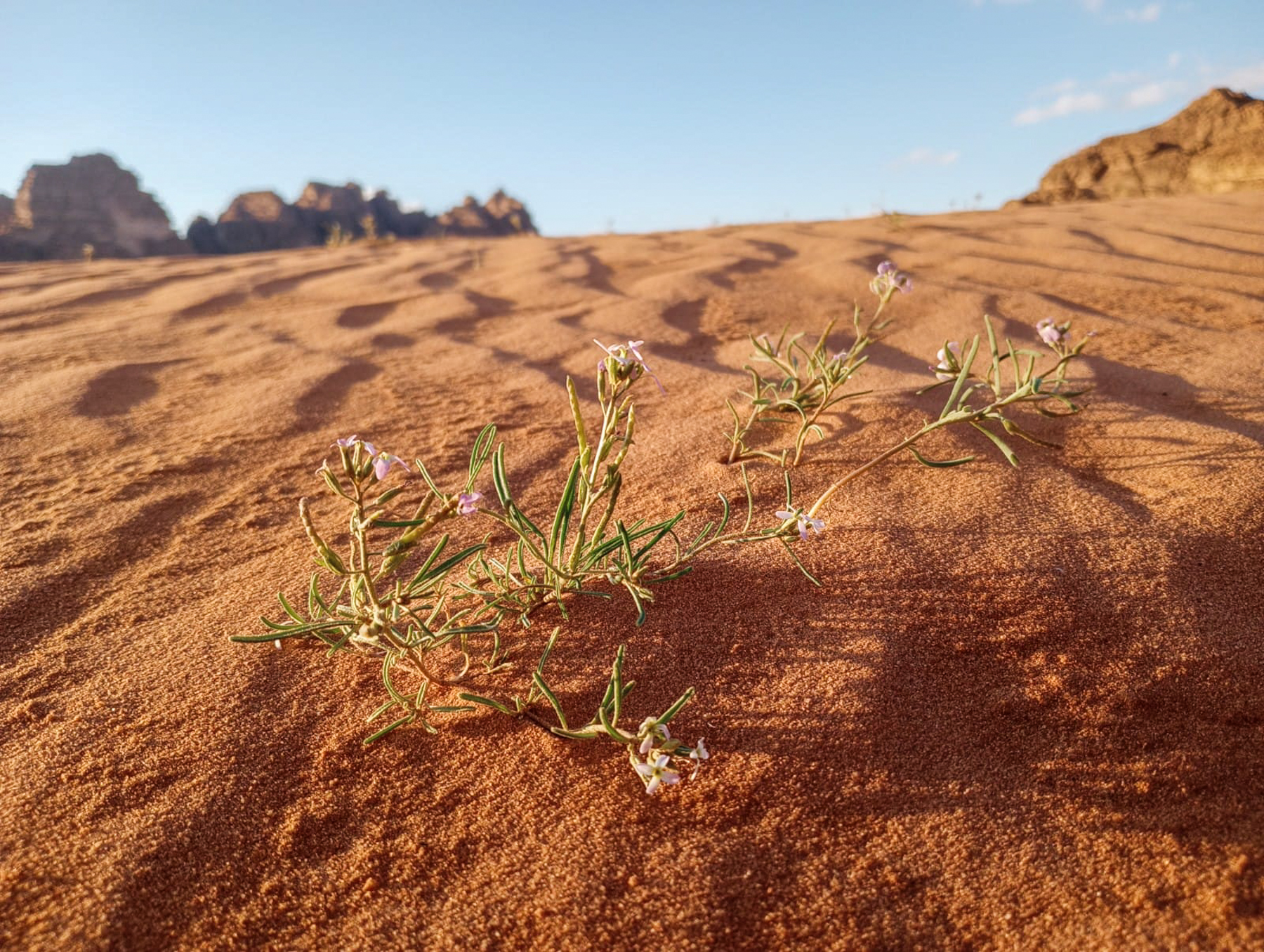
The Dutch Transplant Who Is Flourishing Among Jordan’s Bedouin
STORY AND PHOTOS BY HEATHER M. SURLS
As a child, one wish always topped Brenda van den Brink’s birthday list: a dog. Little-girl Brenda was smitten with animals. Growing up in Friesland, a Dutch province known for its unique language, Brenda took every chance she got to spend time with them. She lived near an elderly farmer who owned sheep, cows, horses, and chickens. From a young age, she’d gather eggs to save his creaky joints. Once, when he was ill in the hospital, Brenda cared for his larger animals. Though she was never gifted a dog, her family eventually kept birds and she adopted a cat.

